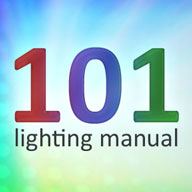The legal power is and always will be useless for Christmas lights. Probably the only way is could be made to work would be for the transmitter to be located at the curb and due to the power it would only have a range to reach to maybe 1 car either side of that.
I'm also looking forward to hearing the outcome of your battle with the MIB. I don't promote in the media that I'm transmitting as it's a vital part of the show and if the MIB ever investigated it would be closed down to never return again.
I'm also looking forward to hearing the outcome of your battle with the MIB. I don't promote in the media that I'm transmitting as it's a vital part of the show and if the MIB ever investigated it would be closed down to never return again.

